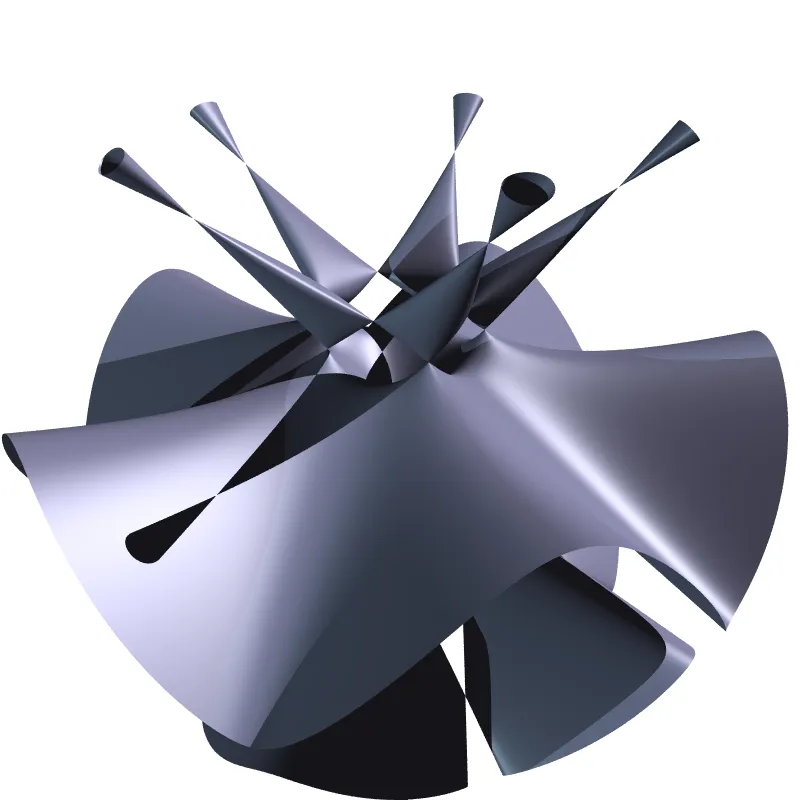Notes on talk 1. anabelian geometry: introduction
1. What is contained in “Galois type” data?
Gauss: The regular $n$-gon can be constructed by straightedge and compass if and only if $n = 2^{k}p_{1} . . . p_{r}$ where $p_{i} = 2^{2^{
n_{i}}} + 1$ are Fermat primes. For example, $n = 17$. (Based on the study of the extension $\mathbb{Q}(\xi_{n})/\mathbb{Q}$ and cyclotomic polynomials). Here the key is that the hidden symmetries are in the Galois group action (not in the geometric symmetry). Later we will consider the “hidden” structures in the absolute Galois group of a field (such as a projective structure).
1.1. Inverse Galois Problem.
• Inverse Galois Problem: which finite groups $G$ can be realized as Galois groups of an extension over $\mathbb{Q}$? (OPEN).
Hilbert: yes for groups $G$ that can be realized as a Galois group of $K = \mathbb{Q}(x_{1}, . . . x_{r})$.
Noether: If $V$ is a (linear) representation of a finite group $G$ over the field $k$, then $G = Gal(k(V ) : k(V )^{G})$ so that if $k(V )^{ G}$ is purely transcendental over $k$ and $k = \mathbb{Q}$, one can apply Hilbert’s theorem: $G$ is a Galois group over $\mathbb{Q}$.
• Remark: Shafarevich showed that any solvable finite group is a Galois group over $\mathbb{Q}$.
1.2. Noether Problem.
When $k(V)^{G}/k$ is purely transcendental? I.e. when $V /G$ is rational?
Counterexamples (when $k(V)^{G}/k$ is not purely transcendental) with $k$ algebraically closed:
• Saltman (1984): $G$ of order $\ell^{9}$;
• Bogomolov (1988): G of order $\ell^{6}$;
• Moravec (2011): G of order $\ell^{5}$;
• more examples for nonlinear actions.
Counterexamples with $k = \mathbb{Q}$:
• Swan, Voskresenskii: $G = \mathbb{Z}/47$;
• Saltman, Voskresenskii: $G = \mathbb{Z}/8$.
In section 2 we discuss in details the examples of F. Bogomolov: the invariants that obstruct the rationality of $V /G$ come from (a quotient of) the absolute Galois group of $k(V )^{ G}$: more precisely, from the subgroup of unramified elements in the second Galois cohomology of this group.
0 人喜欢
There is no comment, let's add the first one.
